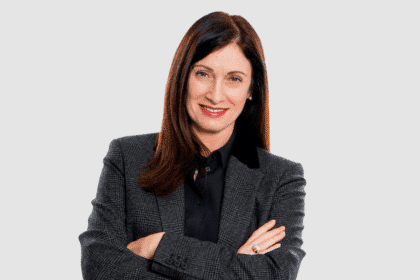Best-selling author and self-declared advertising contrarian Bob Hoffman has come out this week and declared the advertising industry is involved in an “unspoken conspiracy” when it comes to online advertising.
It is a conspiracy driven by greed, he argued in his blog, that has seen the online advertising industry deliberately and knowingly deceive clients.
“By concealing their knowledge of deceit and dishonesty in online media, the ad industry has failed at one of their most consequential responsibilities – being trustworthy stewards of their clients’ money,” he said.
Whether or not what Hoffman said is true or not (he has long been extremely critical of online advertising), he does touch on the topic of ad fraud in the context of his conspiracy theory.
Research released this week by fraud management company Pixalate shows Australia to have the third-highest rate of ad fraud globally, with nearly one of every three (30 per cent) programmatic ad impressions believed to be invalid.
Only in India (39 per cent) and Colombia (35 per cent) is ad fraud more pervasive, while the US (19 per cent) and the UK (11 per cent) are significantly lower.
Pixalate’s methodology states algorithms were used to identify both “General Invalid Traffic” and “Sophisticated Invalid Traffic” across over 80 million domains, over 1.5 million apps, and over 75 million OTT/CTV devices, although it does not distinguish between the two types of invalid traffic.
So why is ad fraud such a problem in Australia?
Media agency GroupM has also recently released research on the topic, pointing to Australia’s broad market as the problem.
“In Australia, there are 264 open exchanges serving 19 billion impressions per month,” the agency said.
“However, not all of these exchanges have 100 per cent fraud-free environments.
“GroupM removed the vast majority of these sellers and decided that the key criterion for inclusion was that the operator have an office in Australia.”
GroupM’s research, however, paints a very different picture for the scale of ad fraud in Australia, compared with Pixalate.
According to GroupM, average invalid traffic in Australia is 1.4 per cent, accounting for $87m, while globally it is worth $22.4 billion.
Additionally, GroupM’s figures show Australia to have the lowest invalid traffic figure of any region.
A spokesperson from GroupM in Australia added: “We believe that with the right strategies, and with the high level of criteria and stringent brand safety guidelines we have in place, it’s possible to mitigate the risk for advertisers.”
The large disparity between the two findings is most likely due to the different methodologies used by the firms, with GroupM recognising its measurement to be “considerably lower than some of the global estimates”.
The China problem
Although the GroupM research paints a more promising picture for the Australian market, it does highlight the scale of the ad fraud problem in China.
“According to this data there is $18.7B of ad fraud in China, making it over 80 per cent of the total ad fraud market globally,” said GroupM.
The agency cited market-specific challenges such as local tech vendors that are yet to mature and unfamiliarity with the practice of brand safety.
In addition, the ‘walled’ nature of the Chinese online ecosystem leads to a very different outcome when compared to Western markets.
Social media
The two biggest online advertising players, Google and Facebook, have been criticised in the past for their role in contributing to problems around brand safety.
However, both companies have made a very public effort to improve in the space over the past 18 months, and GroupM said the results are coming through.
“Both YouTube and Facebook have improved their internal oversight and advertiser-configurable brand suitability controls,” GroupM said.
“Since 2016, our continuous pushing for improved internal controls and independent third-party verification has achieved some success.
“YouTube, Facebook, Twitter and others now maintain viewability APIs that allow human-viewable optimisation.”








